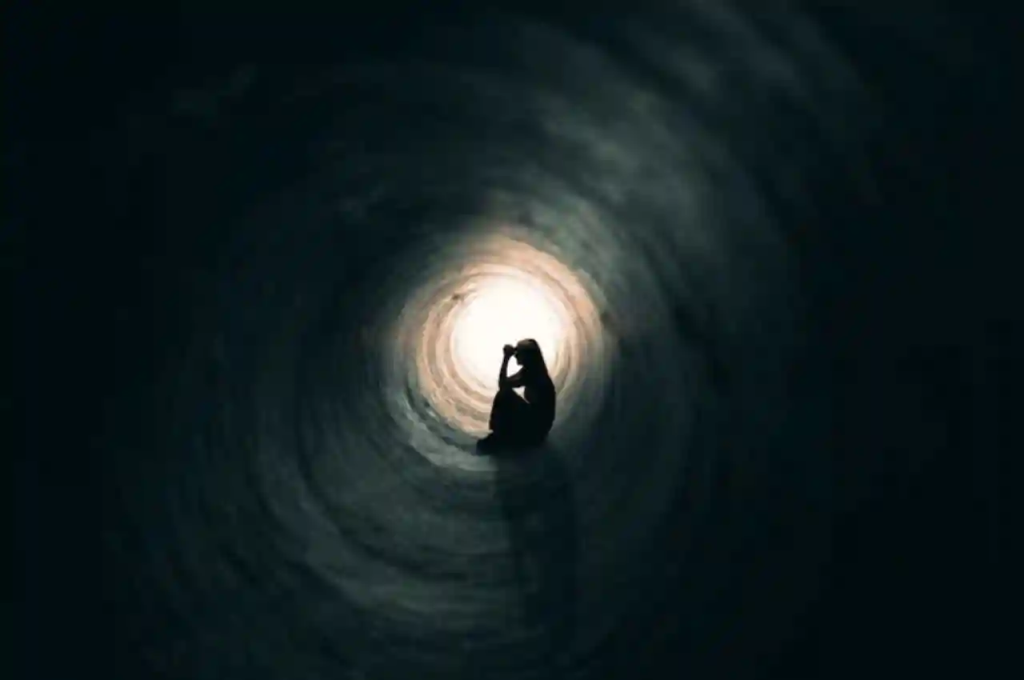Researchers have shown what happens to the brain when depression is treated with a condition known as repetitive transcranial magnetic stimulation (rTMS).
The findings of the research were published in the ‘American Journal of Psychiatry’ by a collaborative effort of the Center for Brain Health, which included DMCBH researchers Dr Sophia Frangou, Dr Rebecca Todd and Dr Erin McMillan as well as members of UBC MRI. Research Center including Laura Barlow at the University of British Columbia. rTMS is a depression treatment that is commonly used when other approaches – such as medications – have not been effective for a patient. It is estimated that approximately 40% of people suffering from major depression do not respond to antidepressants.
During an rTMS session, a device containing an electromagnetic coil is placed against the patient’s scalp. The device then painlessly delivers a magnetic pulse that stimulates nerve cells in an area of the brain involved in mood control – called the dorsolateral prefrontal cortex.
Although it has been shown to be effective, the mechanisms behind how rTMS affects the brain are not well understood.
“When we first started this research, the question we were asking was very simple: We wanted to know what happens to the brain when rTMS treatment is being given,” said an assistant professor in UBC’s Department of Psychiatry. Dr. Fidel Villa-Rodriguez and researcher at the Javad Mowafghian Center for Brain Health (DMCBH).
To answer this question, Dr. Villa-Rodriguez and his team gave patients a round of rTMS inside a magnetic resonance imaging (MRI) scanner. Because MRI can measure brain activity, the researchers were able to see in real-time what changes were taking place in the brain.
The team found that by stimulating the dorsolateral prefrontal cortex, several other areas of the brain were activated as well. These other areas are involved in a variety of functions, ranging from emotional response management to memory and motor control.
The participants then underwent four weeks of rTMS treatment and the team assessed whether the activated areas were associated with patients who had fewer symptoms of depression when their treatment ended.
“We discovered that brain regions activated during concurrent rTMS-fMRI were significantly related to positive outcomes,” Dr. Villa-Rodriguez explained.
Dr. has created a new map of how rTMS stimulates different areas of the brain. Villa Rodriguez hopes the findings can be used to determine how well a patient is responding to rTMS treatments.
Read More: Immunity Booster: Increase children’s immunity with these 5 vegetables, and protect against corona.
“We can now try to understand whether this pattern can be used as a biomarker by demonstrating this principle and identifying the regions of the brain activated by rTMS,” he said.
Dr. Villa-Rodriguez is now exploring how rTMS can be used to treat a variety of neuropsychiatric disorders. They have received funding through the Javad Mowafaghian Center for Brain Health Alzheimer’s Disease Research Competition to look at rTMS as a way to enhance memory in patients who are showing early signs of Alzheimer’s disease. They also received a grant from the Canadian Institutes of Health Research (CIHR) to study whether rTMS brain activation patterns could be detected by changes in heart rate.
Dr Villa-Rodriguez said this type of research is expected to encourage more widespread adoption and access to rTMS treatments across the country. rTMS is still not widely available, despite being approved by Health Canada 20 years ago. rTMS is available in some private clinics in British Columbia, but it is not covered by the provincial health plan.

